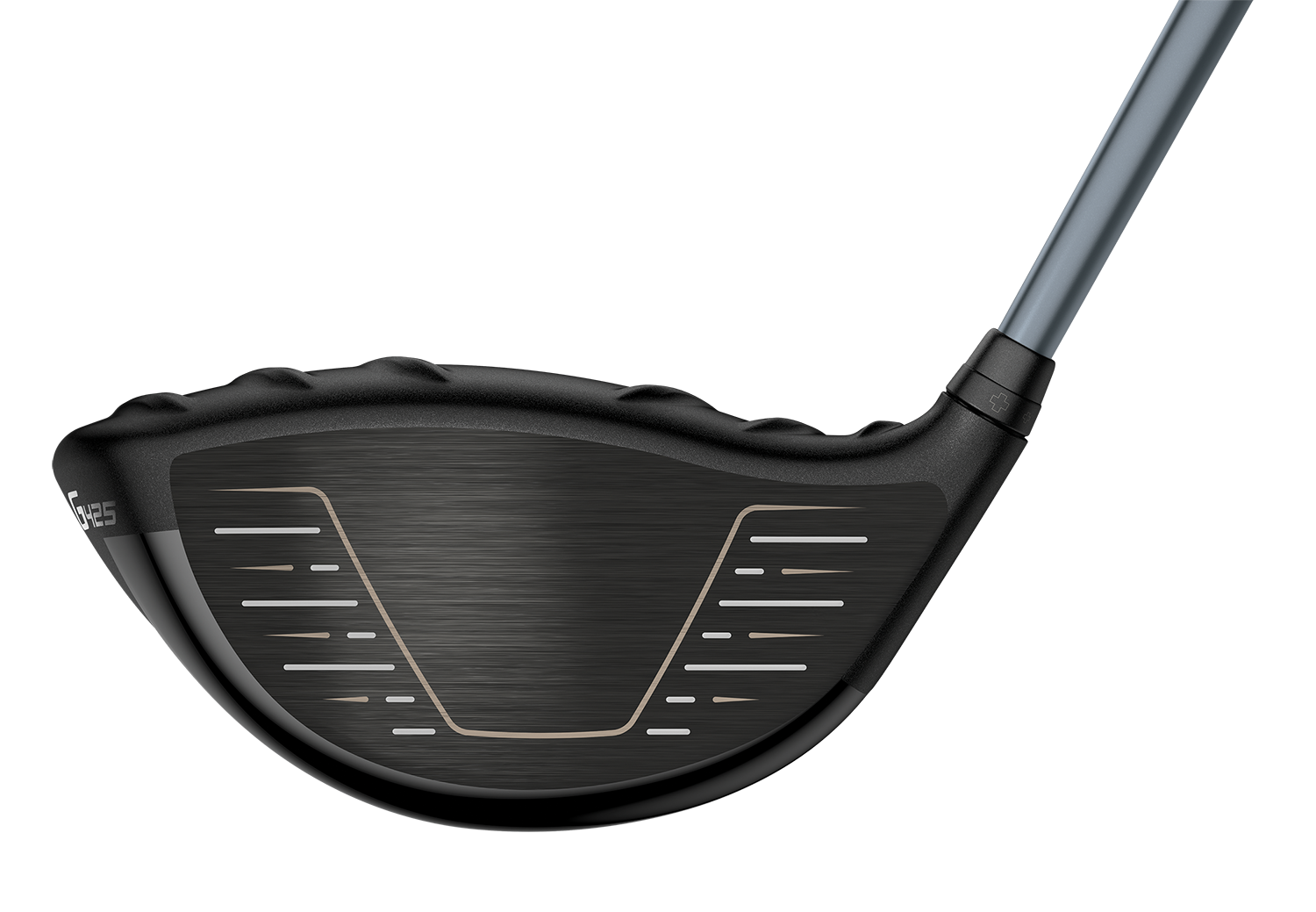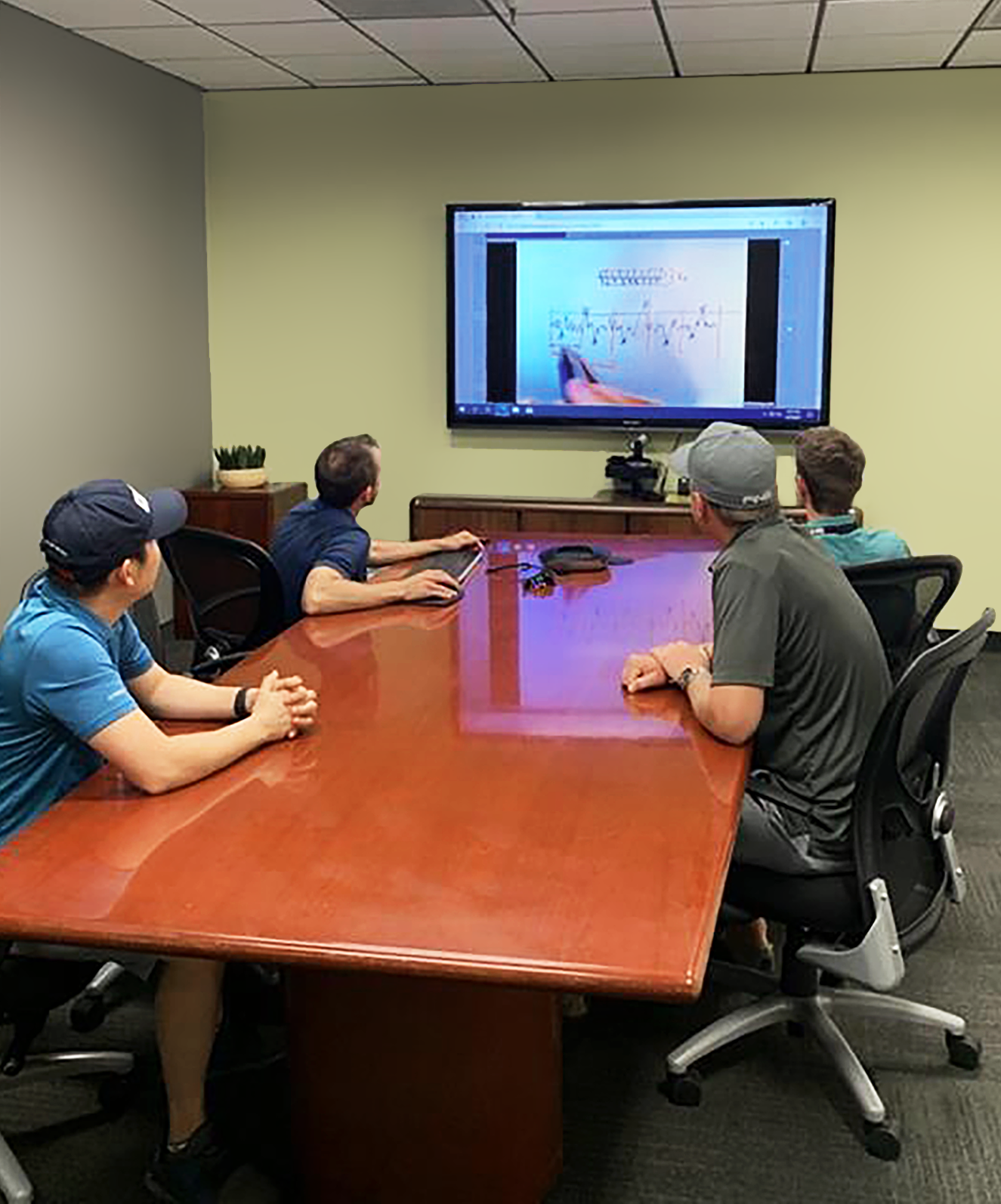Any golfer knows the satisfaction of watching a well-hit drive soaring for hundreds of yards, right down the center of the fairway.
In golf, the 500 micro-seconds of contact between the club face and ball are the difference between a successful shot—and a walk in the weeds. It’s no wonder that golf equipment manufacturers are fanatical about surface texture.
Neil Barnes (Project Engineering Manager) and Dr. Erik Henrikson (Director of Innovation) have both worked with PING for over 5 years, using surface texture analysis to improve golf club performance. “Out of college, I worked at Cummins Engine Company where I was introduced to the world of surface texture,” said Barnes. “We worked with Mark Malburg to study engine component interaction, specifically piston ring to cylinder bore surface interactions.” At PING Barnes continues to apply these same fundamental techniques to study how surfaces can improve both the control and distance a golfer can achieve with their clubs.
“The interaction between the golf ball and the club faces we design plays an important role in performance,” said Henrikson. “A variety of different environmental conditions (fairway, rough, tee, etc.) and player characteristics can be addressed through a robust understanding of how surface design influences what happens during the impact with a ball.”

The 500 micro-second interaction between a club face and golf ball makes all the difference between an excellent shot and an errant one. Image courtesy PING.
According to Barnes, “Per the rules of golf, there are a few different specs that must be accounted for in club design. But we are always looking at many aspects that could impact durability and performance of the club. Surface texture, waviness, general shape control, and how we quantify such variables, all play a role in the overall durability and performance of the club design. Learning and understanding each of these areas of the design are important for us to achieve the highest quality and performing products we can make.”
The company uses Digital Metrology’s OmniSurf and OmniSurf3D software to analyze the R&D data from both optical and stylus measurement systems. “OmniSurf and OmniSurf 3D handle data from various sources and are incredibly easy to navigate,” said Henrikson. “I am particularly fond of the ability to toggle between different scales (e.g., from waviness to roughness) and quickly extract statistical characteristics of the different profiles. Both packages are also highly visual, which is beneficial to the power user and when presenting insights to a wider audience.”
Barnes added that part of the reason for their success in analyzing surface texture is their continued training with Digital Metrology. “I attended Digital Metrology trainings several times while working at Cummins,” said Barnes, “which is what pushed us (PING) to bring Mark out to Phoenix to train our engineering group. Mark does a great job of taking a very complicated topic and teaching it in a way that is understandable by all. His training has given me the tools to understand the value and limitations of various surface texture parameters.”

PING engineers use Digital Metrology’s Notepad Series videos as part of their regular, ongoing training in surface texture analysis. Image courtesy PING.
PING will continue to research new ways to maximize golf club performance while conforming to the ever-changing rules of the game. So, the next time you make the green in one, you’ll know whom to thank!
Want to know more about Digital Metrology software and training? Contact us today!
